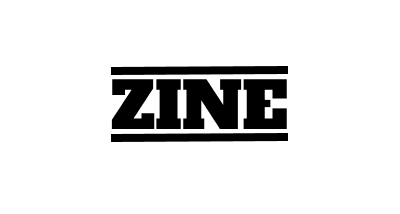The urlpreview code block helps you render OG preview info of an URL in the markdown article.
Syntax
The syntax is:
```urlpreview [, image: true|false] https://github.com ```
Config
| Config name | Type | Explanation |
|---|---|---|
| image | boolean | whether you need to render the preview image (default: true) |
image: true
```urlpreview https://github.com ```
GitHub: Let’s build from here · GitHub
GitHub is where over 94 million developers shape the future of software, together. Contribute to the open source community, manage your Git repositories, review code like a pro, track bugs and feature
https://github.com

image: false
```urlpreview, image: false https://github.com ```
GitHub: Let’s build from here · GitHub
GitHub is where over 94 million developers shape the future of software, together. Contribute to the open source community, manage your Git repositories, review code like a pro, track bugs and feature
https://github.com
zine-data.json
To cache every preview URL, Zine will generate a file called zine-data.json to store all preview info. You should add this file to your version control system.
{ "urlPreviews": { "https://github.com": [ "GitHub: Let’s build from here · GitHub", "GitHub is where over 94 million developers shape the future of software, together. Contribute to the open source community, manage your Git repositories, review code like a pro, track bugs and feature", "https://github.githubassets.com/images/modules/site/social-cards/campaign-social.png" ] } }
However, it’s possible to add more fields to
zine-data.jsonin the future.
You can use zine lint command to lint the zine-data.json, such as checking the broken links, redirection links, etc.
